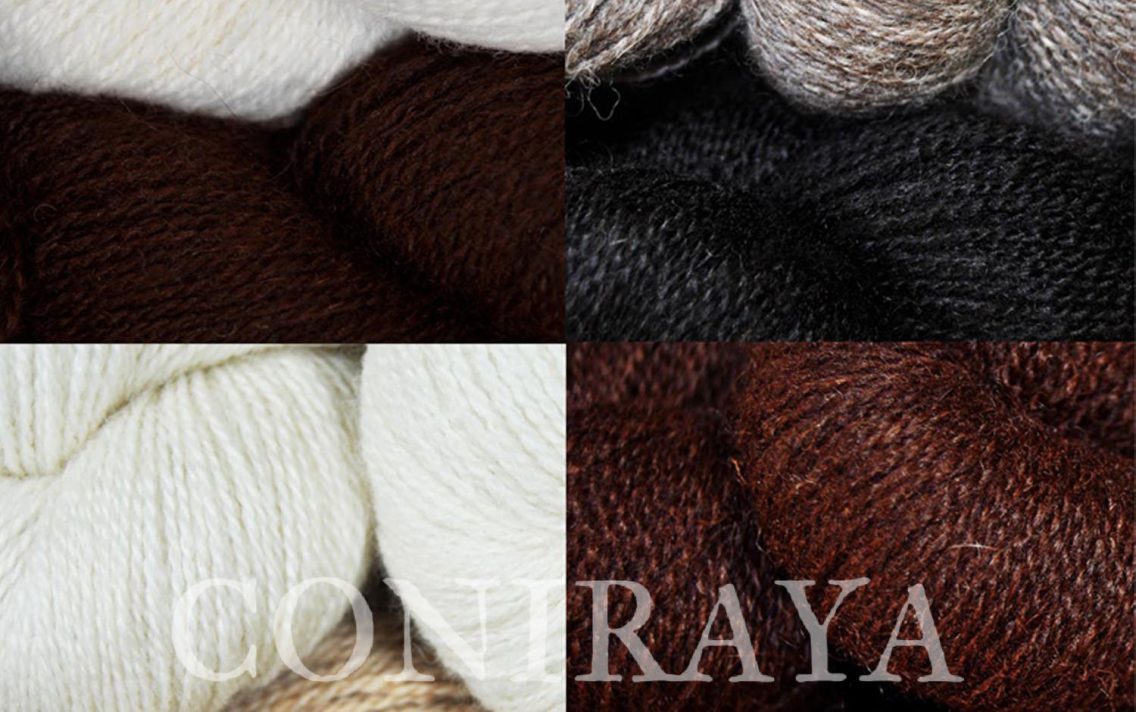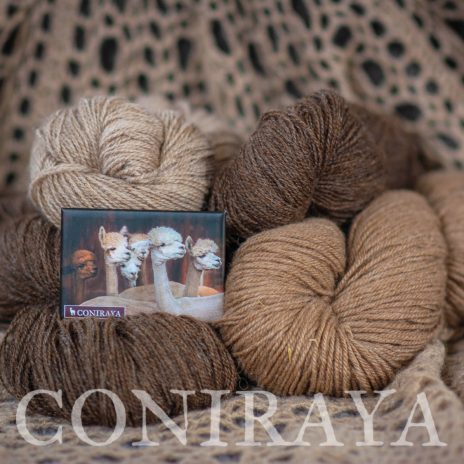The world textile market is dominated by sheep wool, all other fibers such as cashmere, angora, llama and alpaca are called specialty fibers. Annually, 6,500 tons of alpaca fiber are produced worldwide, 4,500 tons of which come from Peru. Alpaca fiber is rare because the world’s population of alpaca is small compared to other wool-producing animals, so supply does not keep up with demand.
Tradition and culture
Nature has endowed alpaca with an extraordinary fiber that absorbs moisture and allows the skin to breathe on hot summer days, while retaining heat in winter.
For over 3,000 years, Peruvians have dominated the art of using alpaca wool, and Peru and Bolivia have asserted their position on the international market and still maintain a monopoly on its production. Today, as they did 3,000 years ago, women in the mountains wander with herds of alpacas, their hands busy spinning.
From fleece to wool
The raw fiber goes from the spindle, through yarn, which is then woven by hand or processed into a textile product. Using the loom, artisans make world-famous ponchos, wall hangings, throws or knitted coats, which they sell on the local market, and the buyers of the products are mainly tourists.
Alpacas bred in high mountain areas where temperatures are low have evolved to develop a number of properties in their fur that are not found in other animals. This luxurious fibre is appreciated by clothing designers in Europe and Asia.
Extraordinary properties
According to research, alpaca fiber is three times more durable than sheep wool. Products made of the thin fiber discovered in Peruvian ruins 2,500 years ago were in very good condition, unaffected by mold or fungi.
Alpaca fiber does not tear or deform, so clothing made from it will serve us for a long time. This yarn is also six times warmer than sheep wool, surpasses even down, and thanks to its unusual structure, it is characterized by extraordinary softness to the touch, incomparable to other natural fibers.





